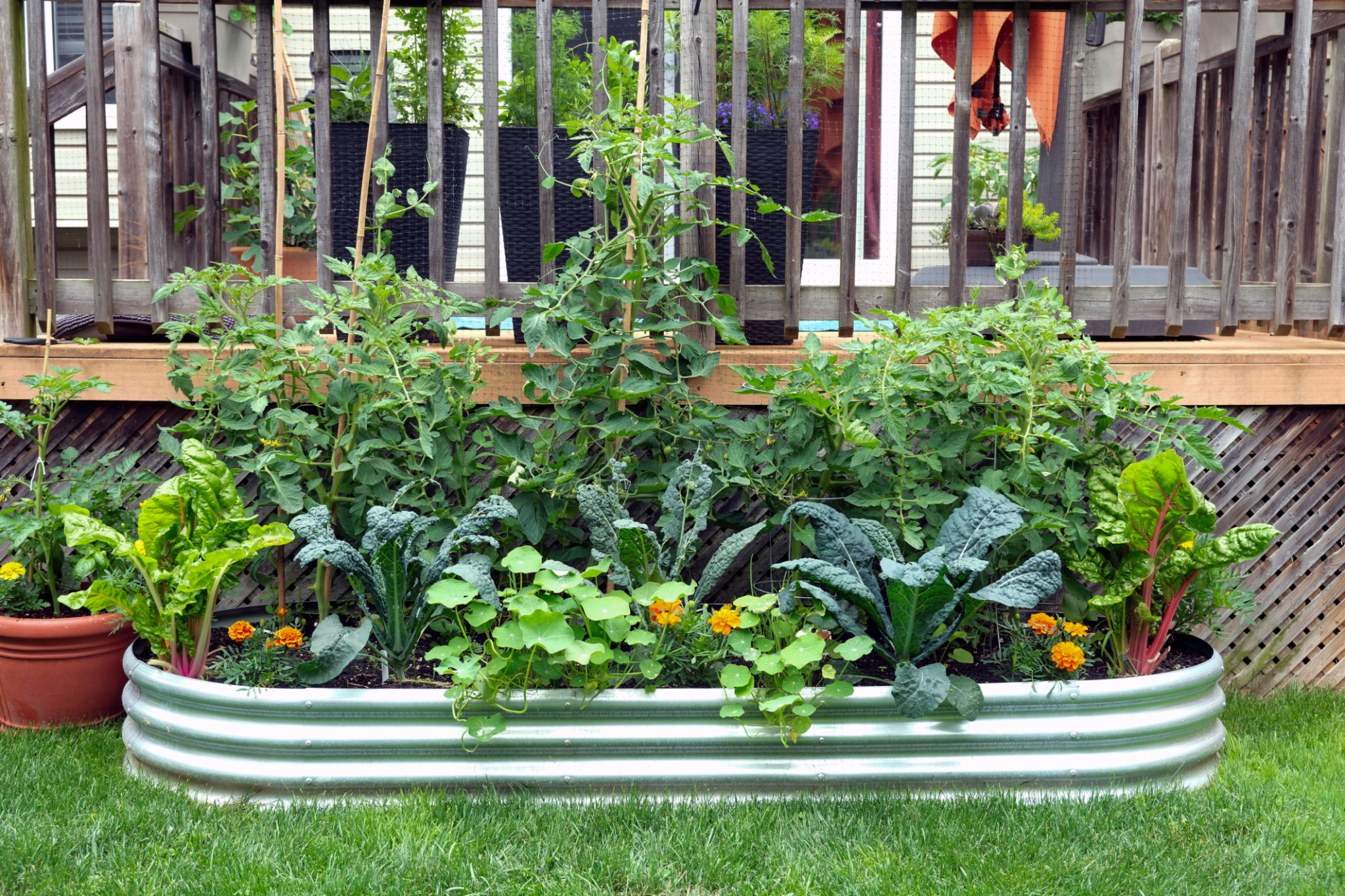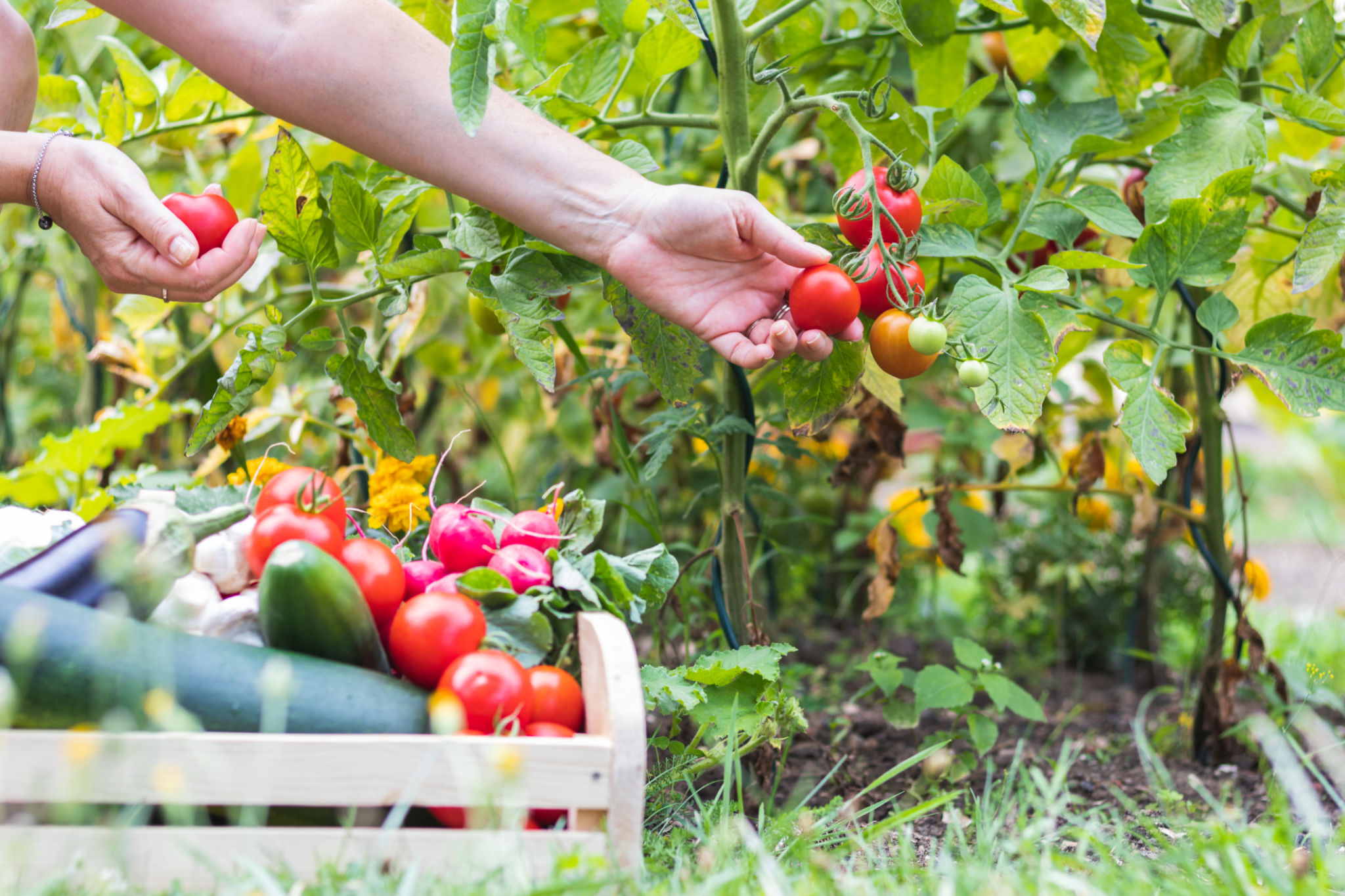The Ultimate Guide to Designing Your Edible Garden
Understanding the Basics of Edible Gardens
Designing an edible garden is not only a rewarding hobby but also a sustainable way to source fresh produce right from your backyard. Whether you have a sprawling yard or a compact balcony, you can create an edible garden that suits your space and lifestyle. The key is to start with a clear plan and understand the essentials of soil, sunlight, and plant selection.

Before you dig in, consider the layout and the types of plants you wish to grow. Different plants have different needs, so grouping them by their requirements can improve productivity. It's also crucial to test your soil to determine its pH level and nutrient content, ensuring it's optimal for the plants you intend to cultivate.
Choosing the Right Plants
When it comes to selecting plants for your edible garden, think about what you and your family enjoy eating. Popular choices include tomatoes, peppers, herbs, and leafy greens, which are not only easy to grow but also versatile in the kitchen. Additionally, consider planting perennial vegetables and fruits that can provide year-after-year yields with minimal effort.

It's advisable to choose a mix of fast-growing and slow-growing plants to ensure a continuous harvest throughout the growing season. Be sure to research each plant's specific needs regarding water, sunlight, and spacing to ensure they thrive in your garden environment.
Designing Your Garden Layout
The layout of your garden plays a significant role in its success. Start by sketching a plan that includes paths for easy access and maintenance. Raised beds are an excellent option for improving drainage and soil quality. They also make it easier to manage pests and weeds.

Companion planting is another effective strategy to maximize space and improve plant health. By placing compatible plants together, you can naturally deter pests and boost growth. For instance, planting basil near tomatoes can enhance flavor and ward off harmful insects.
Maintaining Your Edible Garden
Regular maintenance is crucial for a thriving edible garden. This includes consistent watering, mulching to retain soil moisture, and pruning to encourage healthy growth. Implementing an organic pest control strategy is also important to protect your plants without harmful chemicals.
Consider setting up a composting system to recycle garden waste into nutrient-rich fertilizer. This not only reduces waste but also enriches the soil naturally. Additionally, rotating crops each season can prevent soil depletion and reduce disease prevalence.
Harvesting and Enjoying Your Produce
The ultimate reward of an edible garden is reaping the fruits of your labor. Knowing when and how to harvest is critical to enjoying the best flavors and nutritional benefits. For example, leafy greens should be picked when young and tender, while fruits like tomatoes are best harvested when fully ripe.

Once you've gathered your produce, there are endless possibilities for enjoying it. From fresh salads and homemade sauces to preserving jams and pickles, your edible garden can be a continuous source of inspiration in the kitchen.
In conclusion, designing an edible garden requires planning, patience, and persistence. By understanding the basics of plant care and garden design, you can create a space that not only enhances your outdoor area but also provides fresh produce for your table. With each season, you'll gain more experience and enjoyment from this sustainable endeavor.